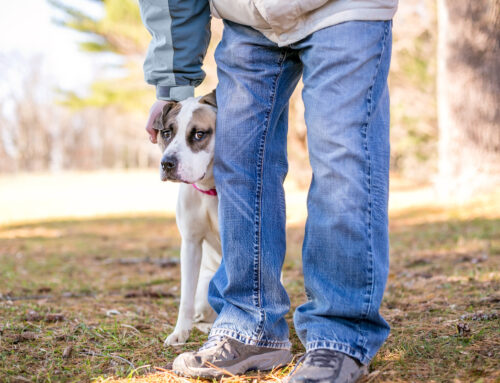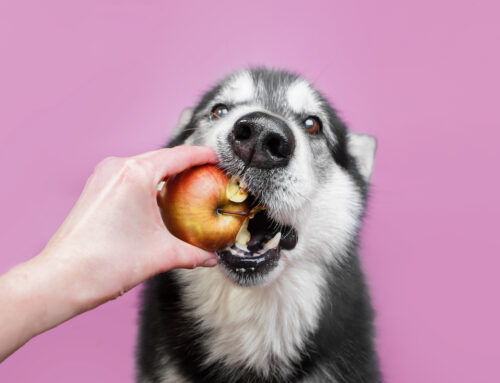In the summer months, the heat can be unbearable. Overheating in dogs is not something to take lightly. It is important that we understand how heat affects your dog and the signs to look for when the heat is getting to be too much for them. Heatstroke, also known as Hyperthermia, is defined as a severe elevation in body temperature and is one of the most serious heat-induced illnesses in the body. Overheating in dogs can lead to serious and potentially fatal conditions for your four-legged friend.
Keeping your dog safe and cool at all times is crucial during the summertime, here are some of the signs to look for and prevent.
Common Causes of Heatstroke
One of the most common causes of heatstroke in dogs is being left in the car without proper ventilation. Dogs do not have the ability to regulate their own body temperature, so when left in a car, their body temperature can elevate rapidly. In a matter of minutes, they can begin to experience hyperthermia and within an hour the situation can be fatal.
Another common cause of heatstroke for dogs can be from being left in a yard with little to no access to shade or water. Dogs’ primary way of regulating their body temperature is from panting, they cannot sweat like humans to control their temperature. If their temperature rises above 103° Fahrenheit, they are in a dangerous range and can begin to experience a heatstroke. During this, their organs can begin to shut down and their heart can stop beating as well.
Breeds of dogs with flat faces like pugs, bulldogs, and boxers, have naturally restricted airways and breathing are already at a greater risk. Only slight changes in temperature and humidity need to occur these breeds to be in danger. In cases where dogs are muzzled, these dogs are already at a disadvantage because they have a limited ability to self regulate their temperature, and pant is restricted by a muzzle.
Preventing Heatstroke
Spotting the signs of overheating and heat exhaustion in dogs is not hard. The first sign to look out for is excessive panting. According to The American Kennel Club, serious overheating with result in the dog collapsing and in some cases seizing. Dogs may also experience vomiting or diarrhea and their gums or tongue may turn blue or red. Catching the signs early on before they get severe, can make a huge difference in the chances of survival for you four-legged friend. Some of the early signs can be much more subtle, like delayed responses to commands and them being generally less responsive than normal.
Other potential signs of heatstroke to look out for include excessive drooling, glazed eyes, rapid heart rate, fever, lethargy, dizziness, lack of coordination, and loss of consciousness.
What To Do
If your dog appears to be overheated, take action to help them cool off. Take your dog into the shade or an indoor location with air conditioning. If you are near a body of water, you can gently lead your dog into the water to help them cool off. If not near water, you can use wet clothes to gently dab areas like the head, armpit, paws, ears, neck. Give them water – but only if they are conscious. If they are able to drink on their own then give them water. If not, be careful as the water can go into their lung and cause other issues. Do not give your dogs ice cubes or ice-cold water as it will cause their temperature to drop to quickly and they will go into shock.
Get Your Dog Medical Attention
If your dog is exhibiting any of these symptoms or might be at risk of overheating, it is best to consult with a professional. At Animal Care Center, we care for your pet in any way possible. If you have any questions about breeds and how to make sure they maintain the proper temperature during the summer months, we can help. If your pet is exhibiting signs of heat exhaustion or overheating, call or contact us today to make sure they are safe.






